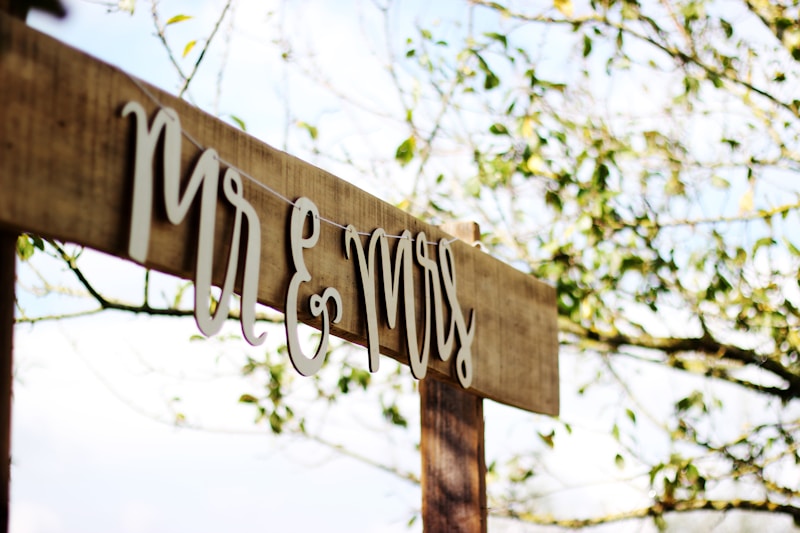Understanding the Bridal Gown Production Timeline: A Comprehensive Guide
Understanding the Bridal Gown Production Timeline: A Comprehensive Guide
Introduction
Planning a wedding can be a delightful yet overwhelming experience for many couples. Among the myriad of details to consider, one of the most significant aspects is selecting the perfect bridal gown. Understanding the bridal gown production timeline is crucial for brides-to-be to ensure their dream dress is ready in time for their big day. In this article, we will explore the complexities of the bridal gown production timeline, what affects it, and tips for brides to navigate this journey smoothly.
The Bridal Gown Production Timeline Explained
The bridal gown production process can vary widely depending on several factors, including the design, materials, and the designer's capabilities. Typically, the timeline can be broken down into several key phases:
| Phase | Duration | Details |
| Design Consultation | 1-2 weeks | Initial discussions regarding style, fabric, and budget. |
| Measurement & Fittings | 2-4 weeks | Taking accurate measurements and scheduling fittings. |
| Pattern Creation | 2-3 weeks | Creating a custom pattern based on the measurements. |
| Sample & Initial Fitting | 4-6 weeks | Creating a sample dress for the first fitting. |
| Finalizing Fabrics & Details | 2 weeks | Selecting final fabrics and embellishments. |
| Production | 8-12 weeks | Completing the actual dress based on the finalized design. |
| Final Fitting | 2 weeks | Ensuring the gown fits perfectly before the wedding. |
| Alterations | 1-2 weeks | Making any necessary adjustments. |
Factors Influencing the Timeline
The timeline outlined above is a general guideline. Several factors can influence how long each phase takes:
1. Designer's Workload
Wedding season can significantly affect the timeline. Designers may have multiple clients during peak seasons, leading to longer wait times. It’s advisable to start the process as early as possible.
2. Customization Level
If brides want a highly customized gown, this will require more time for design and production. The more intricate the details (like lace, beading, or unique fabric), the longer the timeline will be.
3. Fabrics and Materials
Some fabrics take longer to source than others. If a specific material is required, it could add to the timeline. It’s important to discuss materials early on in the process.
4. Alterations and Revisions
Brides should allow for adequate time for alterations. Changes in size, fit, or design can prolong the timeline, so it’s best to keep this in mind when planning.

Essential Tips for Brides
To ensure a seamless bridal gown production experience, consider the following practical tips:
1. Start Early
Begin your gown search as soon as possible. Ideally, you should start looking at gowns at least 6-8 months prior to your wedding. This provides ample time for design, fittings, and alterations.
2. Communicate Your Vision
Be clear about the style and details you envision for your gown during the design consultation. This will help the designer understand your vision and create the perfect dress for you.
3. Be Flexible
While having a specific idea in mind is great, being adaptable about the designs, fabrics, and timelines can lead to a more positive outcome. Trust your designer’s expertise and advice.
4. Scheduled Fittings
Make sure to schedule fittings as early as possible and adhere to them strictly. This ensures that any adjustments can be made well in advance of the big day.
5. Keep in Mind Extra Time
Build in some buffer time. Unexpected circumstances (like alterations or delays in fabric delivery) can occur, so having a cushion is beneficial.
Common Questions about Bridal Gown Production Timeline
Brides often have numerous questions regarding the bridal gown production process. Here are some frequently asked questions:
1. How far in advance should I order my wedding gown?
It's recommended to order your gown at least 6-12 months before your wedding date. This timeline accommodates production and fitting adjustments.
2. Can I rush the gown production process?
Some designers offer rush services for an additional fee, allowing for a quicker turnaround on gown production. However, this may limit customization options.
3. What should I bring to my fittings?
It’s advisable to bring any undergarments you plan to wear, as well as shoes or any accessories like a veil. This helps in visualizing the complete look during fittings.
4. What if I need major adjustments?
Major adjustments should be addressed during the final fitting, and you should discuss this with your designer or seamstress early on to ensure ample time for changes.
Conclusion
Understanding the bridal gown production timeline is crucial for brides planning their special day. By starting early and maintaining open communication with your designer, you can ensure that your wedding gown is perfect and ready in time. Remember to consider essential factors like customization, material sourcing, and your designer's workload as you plan ahead. Always keep buffer time in your scheduling to accommodate any unexpected changes. Ultimately, with careful planning and the right information, finding your dream gown can be an enjoyable experience that adds to the joy of your wedding day.
